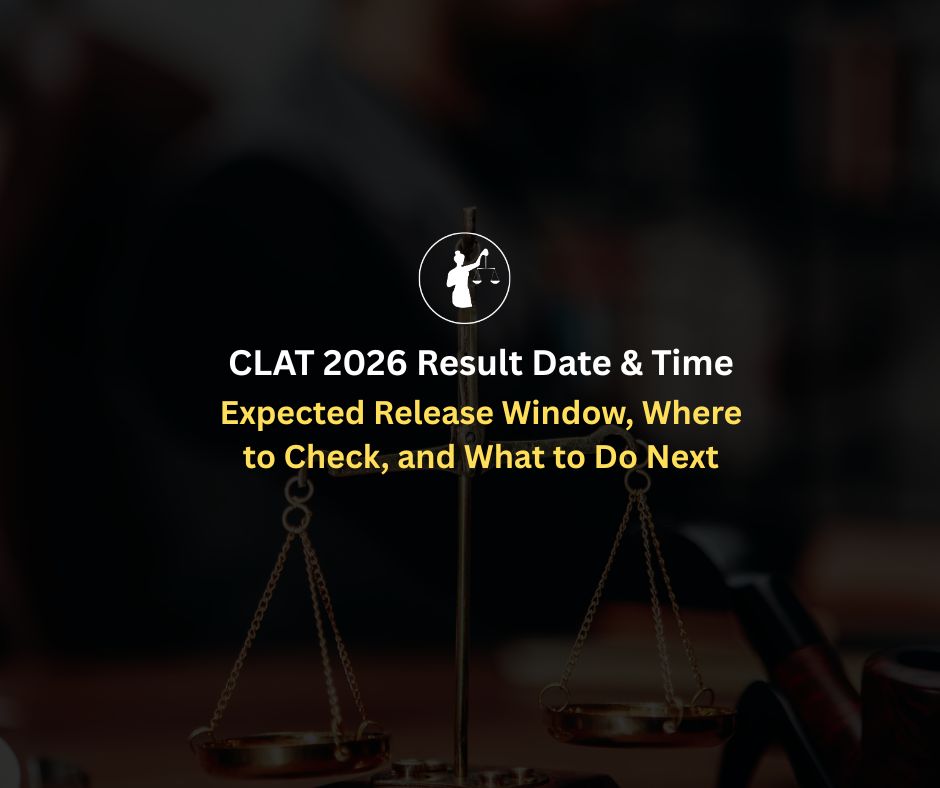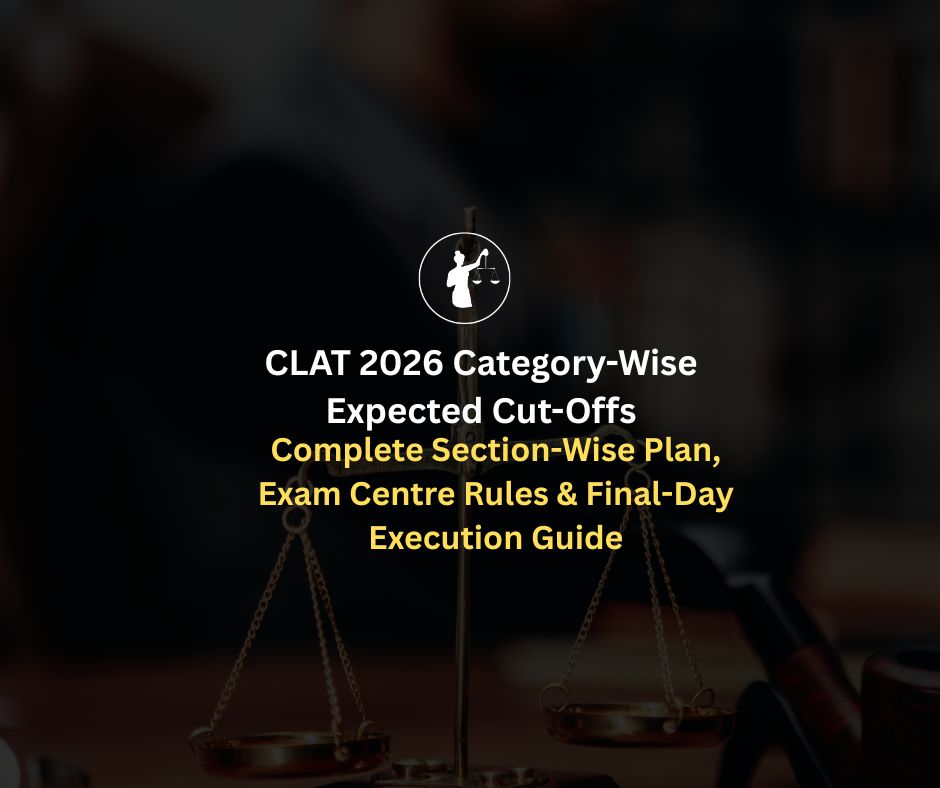
If you’re serious about cracking CLAT, it’s natural to think long-term. Whether you’re just starting out or already a dropper, one question keeps surfacing
Join Our Telegram for Latest Updates
Between confusion from coaching centers and outdated Google snippets, the answer may not be as obvious as it should be. So let’s break it down properly, no vague statements, no unnecessary jargon— just what you need to know.
Let’s clear the biggest misconception first:
There is no official attempt limit for CLAT UG.
Yes, you read that right. You can appear for the Common Law Admission Test (CLAT) as many times as you wish, provided you fulfill the basic eligibility:
You’ve cleared your Class 12 exams (or are appearing in the same year as the CLAT exam).
There’s no upper age limit.
Whether you’re 17 or 25, if you meet the academic criteria, you’re eligible.
But before you take a sigh of relief, here’s the more important truth:
Just because you can attempt CLAT multiple times doesn’t mean you should do it without a plan.
Also Read: Should You Take a Drop Year for CLAT?
While technically the number of attempts is unlimited, each attempt comes with real consequences mental, emotional, financial, and even academic.
Here’s why you need to ask yourself deeper questions than just “how many times”:
Every drop year affects your momentum. Motivation drops, self-doubt builds.
Family pressure increases with each cycle.
Colleges don’t care how many times you tried—only your final score matters.
Internships, career planning, and peer timelines may get delayed if you aren’t careful.
So if you’re considering a second or third attempt, you need more than just eligibility you need strategy, self-awareness, and support.
Also Read: Top 5 Online CLAT Coaching Institutes in India
For those looking toward postgraduate law (LL.M.) via CLAT PG, the rules are identical:
No attempt limit
No upper age limit
You must have completed or be in the final year of your LL.B.
But again, the same rules of smart planning apply. The number of attempts doesn't impact your eligibility, but it absolutely affects your journey.
There’s a dangerous myth in the prep world:
"One more attempt will fix it all."
But most second-time aspirants don’t fail due to lack of time. They fail due to lack of structure, personal mentorship, and exam-specific clarity.
What changes your result isn’t another 12 months it’s what you do differently in those 12 months.
That’s where guided mentorship (like the kind offered at NLTI) becomes the make-or-break factor. Because even with unlimited attempts, you don’t want to keep spinning in circles.
There’s no official cap. But unofficially? Here's a grounded take:
1st Attempt (Class 12): Perfectly fine, you're young and trying.
2nd Attempt (Drop Year): Still normal, especially with improved clarity and support.
3rd Attempt Onwards: This is where questions of mental health, career back-up, and alternative plans should enter the conversation.
Not to discourage you, but to remind you that the law is a long journey. Even if you get into an NLU a year later, you still have 5 years to build an exceptional legal career. It’s the foundation that matters, not the delay.
Check Out: CLAT Online Coaching 2026
You can give CLAT five times and still miss the mark if your
Prep is scattered and generic.
Or you can give it once, with personal mentorship, smart mock-taking, and realistic materials, and hit your dream rank.
That’s why at NLTI, mentorship isn’t about pushing more content. It’s about real strategy: understanding why you underperformed, not just what to study. Whether it’s your first attempt or your third, we treat every student like an individual, not a batch number.
So yes, CLAT allows unlimited attempts. But success doesn’t.
Frequently Asked Questions on CLAT Exam Attempts
1. Can I appear for CLAT even after joining a college (non-law or law)?
Yes. As long as you meet the eligibility, you can take CLAT while enrolled elsewhere. Many students switch after a year in another stream.
2. Is there any restriction on back-to-back attempts?
No. You can appear for CLAT every year—it’s conducted annually and there are no cooldown periods or restrictions between attempts.
3. Do NLUs consider the number of attempts during admission or placements?
No. Your admission is solely based on your CLAT rank and category. NLUs and recruiters don't ask how many attempts you took.
4. Can I attempt CLAT if I’ve already taken admission in a private law college?
Yes. You can attempt CLAT again and shift to an NLU if selected. Just ensure proper documentation and withdrawal from the previous college if needed.
5. Can I write CLAT even if I failed once in 12th and cleared later?
Yes. As long as you’ve passed Class 12 with the required marks (45% for General, 40% for SC/ST), you’re eligible.
6. Is there any disadvantage in taking CLAT at age 20+?
None officially. While many candidates are younger, maturity and focused prep often help older aspirants outperform first-timers.
7. Can I appear for CLAT just to improve my previous NLU allotment?
Yes. Many students reappear to upgrade from lower NLUs to higher-ranked ones. It’s a common strategy.
8. Do NLUs track my previous CLAT attempts?
No. NLUs only consider your current year’s CLAT rank. Past attempts are not recorded or penalized in any way.
9. Can I give CLAT PG and CLAT UG in the same year?
No. CLAT UG and PG are separate exams with different eligibility. UG is for 12th-pass candidates; PG is for law graduates.
10. If I don’t get any NLU, should I still attempt next year or explore private colleges?
Depends on your goals. If you're confident you can significantly improve with a better strategy, reattempting is valid. If not, quality private colleges can be considered, especially those with strong placements.





